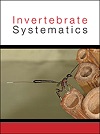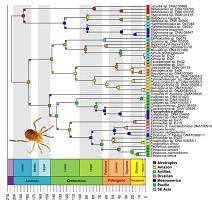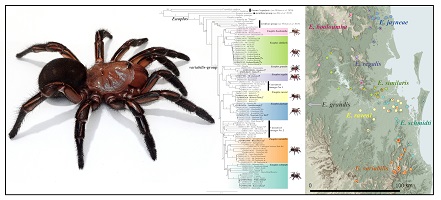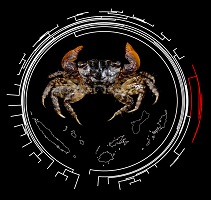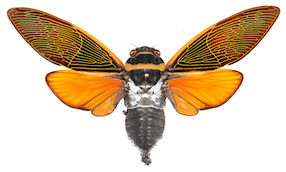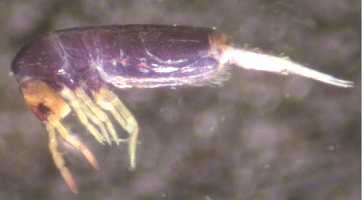
Species richness estimation of European Collembola using morphology is challenged by molecular detection of cryptic species. In this study, the morphological and molecular analysis of 26 European Lepidocyrtus species reveals that the common L. violaceus morphospecies is a polyphyletic entity in Europe. The number and distribution of pseudopores on body and appendages is a promising morphological character with a clear phylogenetic signal that can help in describing the detected cryptic diversity.


